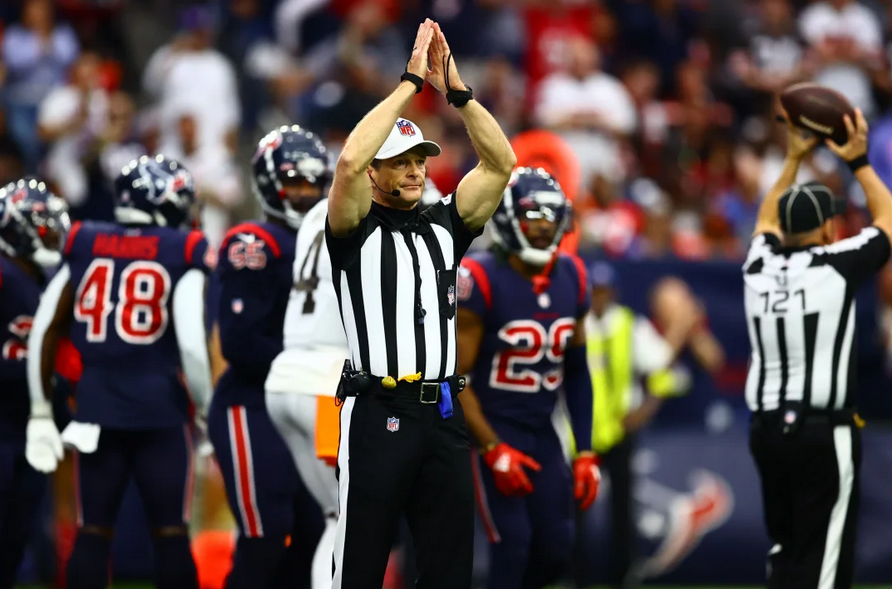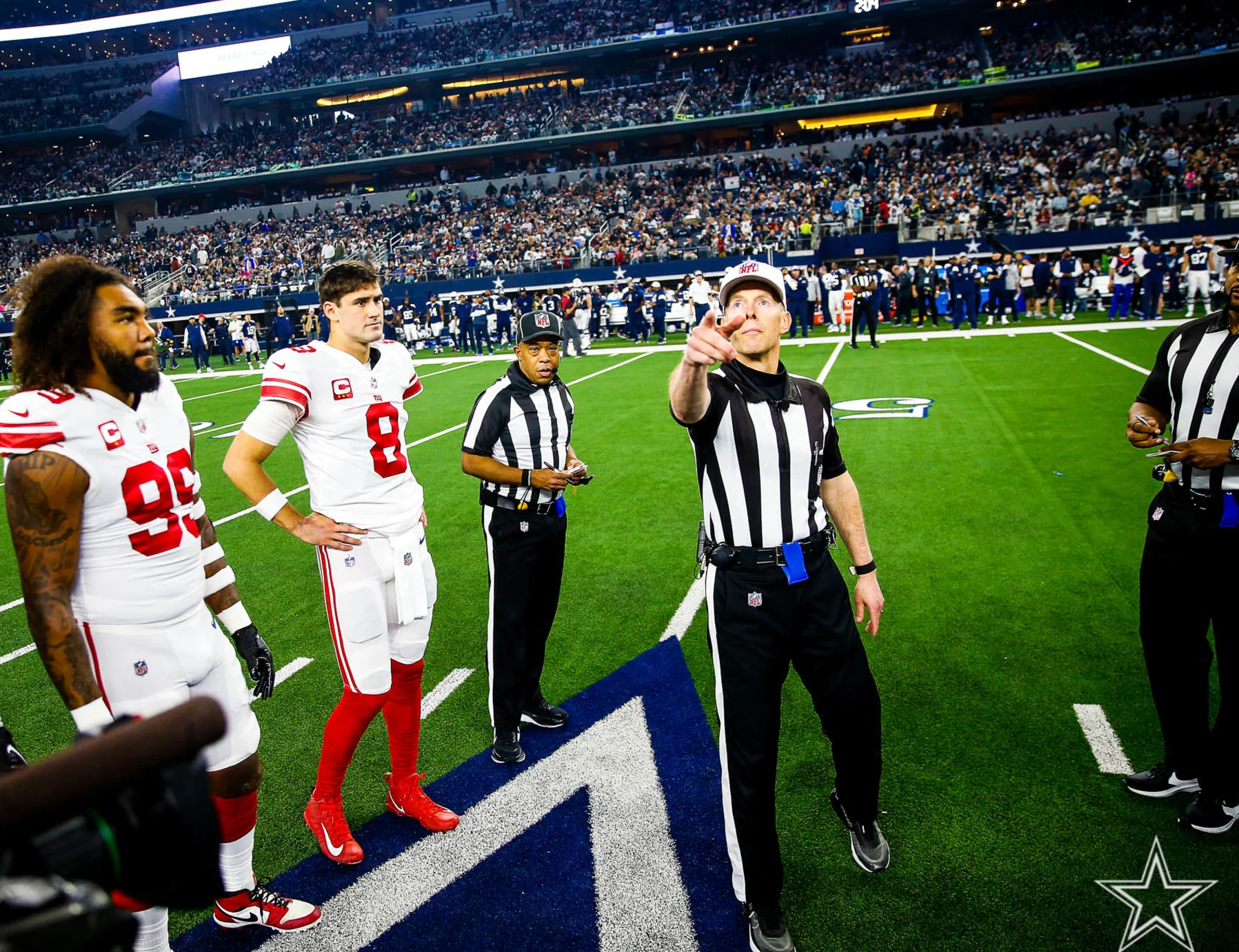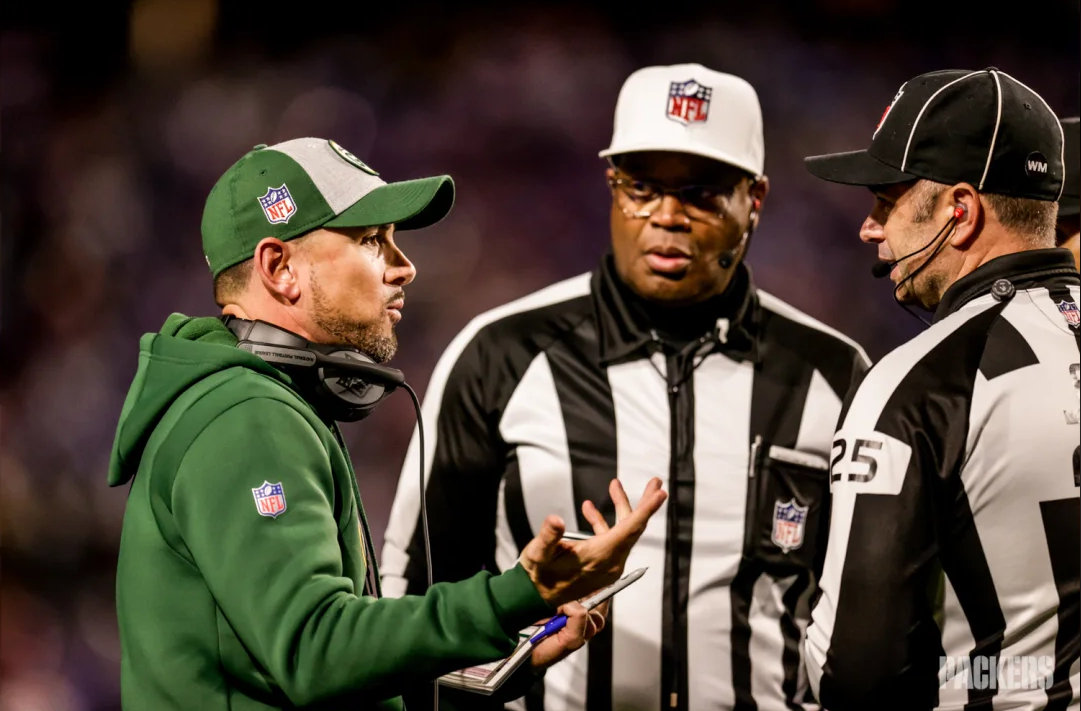2017 rule changes
Owners approve shortened overtime, because they don’t know what they are doing
Hope you are ready for some ugly ties in 2017.
 Hope you are ready for some ugly ties in 2017, because NFL owners passed a new rule shortening the overtime period from 15 minutes to 10 minutes. NFL Network news breaker Ian Rapoport is reporting that owners have passed the rule at their spring meeting, saying this was “expected, but important.”
Hope you are ready for some ugly ties in 2017, because NFL owners passed a new rule shortening the overtime period from 15 minutes to 10 minutes. NFL Network news breaker Ian Rapoport is reporting that owners have passed the rule at their spring meeting, saying this was “expected, but important.”
Is it really …Â important?
The measure, which originated in the Competition Committee last February, was originally up for a vote at the owners’ March meetings, but it was tabled when it was apparent that there were not enough votes in favor. Since no vote took place, it was reintroduced at the spring meetings. The reason for the proposal, according to the committee, was that a long game impacts a team that might have an upcoming Thursday game, so the rationale was that 5 minutes less of game time should suffice.
We have detailed the reasons why the shortened overtime is a bad idea, so here’s a quick rundown:
- The overtime period is extended if there is a first-possession field goal, which is entirely contrary to the rationale for a shorter overtime.
- The 10-minute limit is firm, even if the period is extended after a first-possession field goal. No additional possessions provided for in the rules may continue after the expiration of the clock (regular season only).
- Compressing the allotted time will, in many cases, increase the snap frequency, since the clock will be a factor sooner in the overtime period. More snaps correlate to injury and fatigue concerns, not elapsed game time.
- Fourth-quarter timing rules go into effect at the 5:00 mark, which would be after only 5 minutes. On an out-of-bounds play or a penalty, the game clock will start when the ball is ready for play from 10:00–5:01, but on the snap under 5:00. The opening drive could easily fall under two different timing rules.
- The 2-minute warning would come after 8 minutes of play, instead of 13 minutes. This means an additional timeout would be a factor more often.
This new rule will create more tie games, which the NFL had 2 of in 2016 — something unseen since 1997. Making some basic assumptions on last year’s schedule — your mileage may vary because of course we can’t evaluate changes to play selection — there very easily could have been 3 additional ties. If the Buccaneers tied the Raiders, instead of losing after 13 minutes of overtime, they would have slid into the number 6 seed for the playoffs, knocking out the Lions by ½ game. The Browns’ ball control in their first overtime possession against the Steelers would be a serviceable tactic in the shortened overtime, as the Steelers would be up against the 2-minute warning after one snap. Instead, the Steelers were able to methodically drive for the game-winning touchdown, reversing the sudden-death loss, and denying Cleveland 2 consecutive wins to close out their 1-15 season. The Chiefs answered the Broncos overtime field goal around the 10-minute mark, and the tie was ultimately resolved on a bank-shot field goal at Minute 15 of the extra session (video).
Postseason overtime will remain as 15-minute periods, with each period following the timing rules of the respective quarter, starting with the first.




































